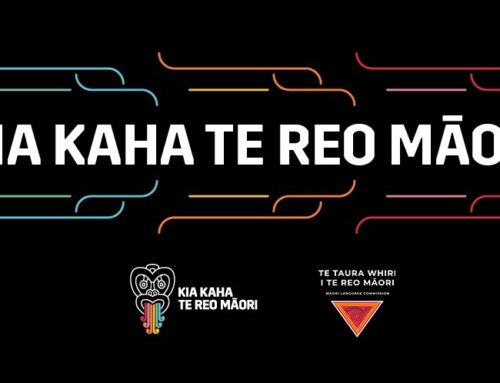What is Brainstorming?
Brainstorming is a widely applicable and useful approach to problem-solving. In businesses, it’s a common method for generating ideas – both individually and in groups.
Alex Osborn developed the original brainstorming approach. In 1953, he published it in his book “Applied Imagination”. Since its release, many people have taken the core concept and made improvements.
This has created a diverse range of methods to choose from. In today’s article, 3 innovative brainstorming methods will be explained.
1. Digital Mindmaps
Research has revealed that group brainstorming can cause people with anxiety to perform poorly. However, brainstorming in groups is also more successful as people can bounce off each other’s ideas. This creates the issue of wanting to achieve that while needing to be mindful of any limitations. The solution is simple – electronic brainstorming.
Mind maps are an effective form of displaying brainstorms. They’re clear, concise and easy to understand. Traditionally, someone is elected to create a mind map for the entire discussion. Technology has changed that though.
Now, with specialized software such as Lucidchart, mind mapping has a digital form. It makes the process quick and efficient and also serves as a solution to the dilemma outlined previously.
Most software has a collaboration option that will allow multiple people to work together. This can be used for brainstorming. Combined with chats if needed, the entire process will be done digitally. As a result, the anxiety generated from face to face interactions is reduced. It distributes the task of mind mapping the session between multiple people, which makes it less stressful and gives everyone the opportunity to contribute.
2. Individual Time
Often in a group setting, opinions can be influenced. People can be persuaded to support other’s ideas if that is what the majority is doing and end up not explaining their own. This can potentially cause great ideas to be overlooked.
To avoid this, there are plenty of approaches that can be taken. One of them is allocating a set ‘individual brainstorming period’. It is meant for people to generate ideas without the influence of others.
At the start of the session, the main goal should be explained. Once everyone understands it, give them silent time to form their ideas. This period can be adjusted according to needs. There can be requirements, such as a minimum of one idea each if that’s what works for the environment.
The transition from individual brainstorming to group brainstorming can be done in various ways. It depends on what suits the environment, group and session purpose. Whatever is done next, with this technique it’s guaranteed that there will be an influx of ideas to choose from.
3. Rapid Idea Storming
Traditional brainstorming is open and free. It’s meant to encourage the flow of idea generation. But, it can also lead to the opposite. No structure in brainstorming sessions can lead to ideas coming to a standstill. Furthermore, this approach takes time because it relies on the principle that structure restricts creativity.
One approach that solves the previous issue is ‘rapid-fire idea generation’. It involves setting a time limit at the beginning of a session dedicated to generating ideas. The objective is quantity.
Groups work together to collect any of the ideas they come with. Research has revealed that time constraints can create the right pressure to motivate and energize groups. This idea is based on the rapid-fire concept – it utilizes pressure to activate thinking.
Once the time is up and ideas have been collected, the session transitions into more of a relaxed format. Rapid-fire would have created many ideas, but they might not necessarily be good. Further discussion will help in categorizing useful, not useful and ideas that will be useful when improved.
Brainstorming is an effective tool that is used across different industries from business to education. Ultimately, the methods that are chosen should suit the need for brainstorming and the people who are doing so. Don’t be afraid to adopt the more traditional format to what suits your needs. Brainstorming will be much more useful if it’s tailored for its purpose.
This article was written by Rabbiya Aziz – Tutor
References:
Camacho, L. M., & Paulus, P. B. (1995). The role of social anxiousness in group brainstorming. Journal of Personality and Social Psychology, 68(6), 1071–1080. https://doi.org/10.1037/0022-3514.68.6.1071






